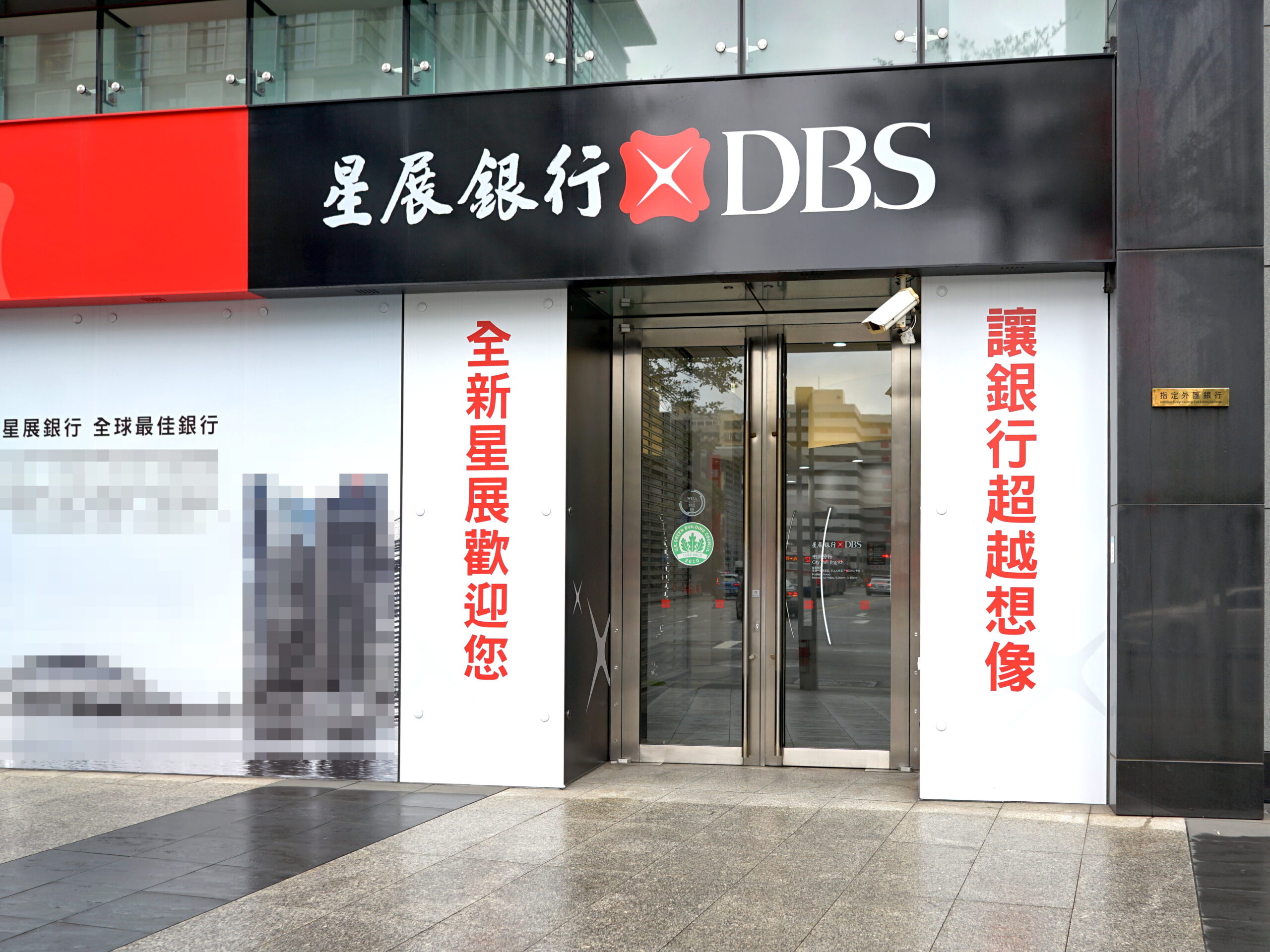
DBS Bank, Singapore’s largest lender, plans to significantly reshape its workforce in response to the integration of artificial intelligence (AI) technologies. The financial institution, employing roughly 41,000 people globally, intends to cut approximately 4,000 roles over the next three years. This decision comes as part of a strategic shift, making DBS one of the first major banks to outline how AI will impact its operations. In parallel, the bank aims to create around 1,000 new AI-related positions, signaling a commitment to leveraging technology while reshaping its employment landscape.
Currently, DBS employs between 8,000 and 9,000 temporary and contract workers. The bank has not specified which roles or locations will be impacted by these changes. The move reflects a broader trend in the banking industry, where AI’s rapid proliferation continues to put its benefits and risks under scrutiny. The International Monetary Fund (IMF) has projected that nearly 40% of jobs worldwide will be affected by AI. Despite these projections, the bank’s leadership remains optimistic about AI’s role in the future workforce.
Conflicting Views on AI’s Impact on Employment
Andrew Bailey, governor of the Bank of England, provides a contrasting perspective on AI’s impact on employment. He contends that AI will not be a “mass destroyer of jobs” and emphasizes that human workers will adapt to work alongside new technologies. This sentiment is echoed by DBS’s ongoing decade-long investment in AI, suggesting a confidence in the potential for human-technology collaboration.
The IMF’s managing director, Kristalina Georgieva, offers a cautionary viewpoint, expressing concerns over inequality.
“In most scenarios, AI will likely worsen overall inequality” – Kristalina Georgieva
This statement highlights the complex considerations that organizations like DBS must navigate as they transition into an AI-driven future.
Piyush Gupta, DBS’s outgoing chief executive, will leave the firm at the end of March. As the bank transitions into this new era, Tan Su Shan, the current deputy chief executive, will take over Gupta’s role. Under new leadership, DBS continues its commitment to integrating AI into its operations while adapting its workforce to meet future demands.
Author’s Opinion
DBS’s shift towards AI is both a bold and necessary step, positioning the bank as a leader in adapting to future technological demands. However, the human cost of this transition is significant. The challenge lies in ensuring that the workforce adapts to this transformation without exacerbating inequality or job displacement. The creation of new AI-related roles is promising, but it will require careful implementation to ensure a smooth transition for employees affected by the cuts.
Featured image credit: Wikimedia Commons
Follow us for more breaking news on DMR
